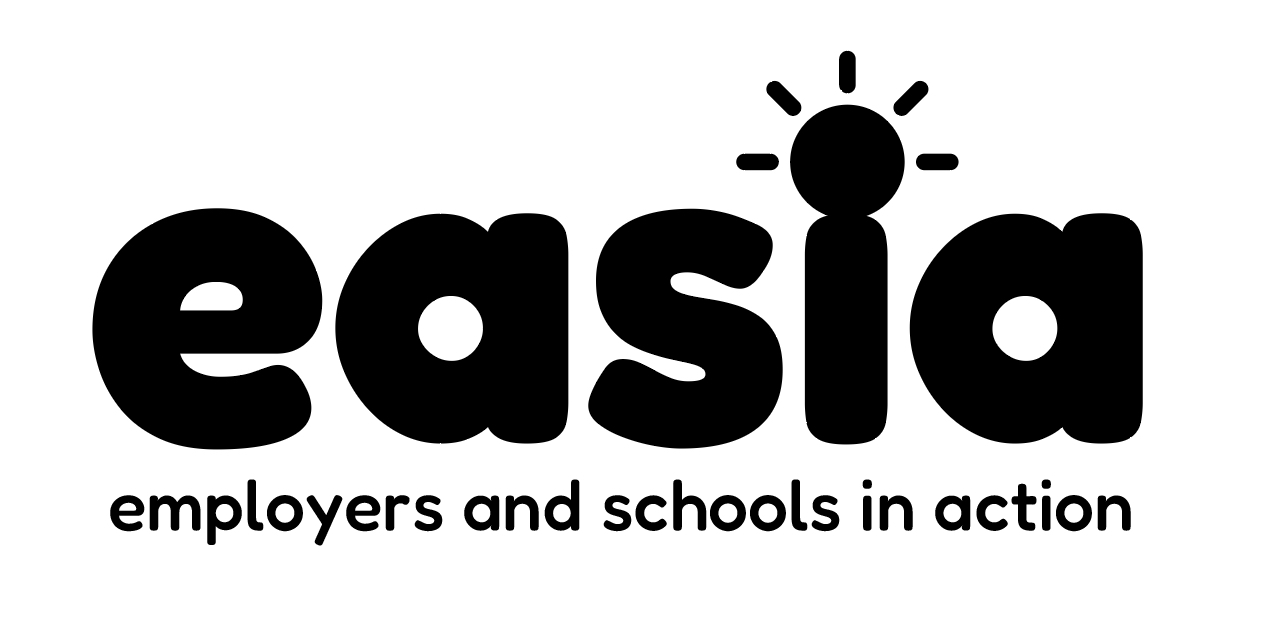Education Trends 2025: Bridging Gaps and Seizing Opportunities
As we enter 2025, education faces transformative change. It’s essential to connect learning with real-world demands, driven by economic needs, societal expectations, and a call for relevance. For students, teachers, businesses, and communities, these trends are not optional—they are crucial. With updated Gatsby Benchmarks, the “Get Britain Working” White Paper, attendance challenges, and economic inactivity shaping the agenda, can we afford to wait for curriculum review outcomes when the need for impactful education is so urgent?
Career-Driven Learning
The updated Gatsby Benchmarks emphasise integrating career relevance into daily lessons. It’s no longer enough for Careers Education to operate in isolation—students must see how classroom learning links to real-world applications. Initiatives like Careers Hubs and Teacher Encounters aim to address this, but success relies on local partnerships.
Teachers can connect lessons to industry contexts—like renewable energy in science or fintech in maths. Businesses can provide curriculum resources, mentorship, workplace experiences, and project-based learning. Communities, too, can inspire students with local success stories and opportunities.
Tackling Economic Inactivity
The “Get Britain Working” White Paper highlights rising economic inactivity among young people, driven by mental health challenges, skill mismatches, and disengagement. Attendance issues further widen the gap, as absent students often struggle to reconnect.
Education must go beyond exams. Flexible pathways, vocational training, and blended learning can re-engage those left behind. Technology also offers personalised learning, empowering students with diverse, tailored opportunities.
Attendance: A Question of Relevance
Post-pandemic absenteeism remains a challenge. Instead of punitive approaches, we should ask: what makes students want to attend? Relevance is key.
Project-based learning, entrepreneurial programmes, and interdisciplinary curricula—like coding apps for social causes or sustainability projects—reignite student purpose. Collaborations with local businesses and councils on real-world challenges can foster engagement. Though these require resources, they can strengthen the economy and reduce welfare and healthcare costs, ultimately benefiting schools and communities alike.
The Curriculum Review: Time to Act
The ongoing curriculum review is a chance to rethink education, but waiting risks widening the gap between learning and employment needs. Forward-thinking schools are already adopting modular curricula that align with student interests and career goals. Embedding life skills—like financial literacy and teamwork—into lessons ensures students are ready for the future.
Real Life, Real Responsibility
Education is most effective when it prepares students for real life. Teachers must prioritise relevance, businesses should actively shape career pathways, and communities need to support students’ learning journeys.
Collaborative projects—like designing solutions for local issues or launching micro-businesses—build skills and foster belonging. Initiatives that involve parents, alumni, and local professionals further bridge the gap between education and the wider world.
Moving Forward
The trends of 2025 highlight a shared challenge: ensuring all students can seize their futures. The question is simple: will we act now, or wait for systemic reforms? For everyone involved—students, teachers, businesses, and communities—the answer is clear: the time to align education with real life is now.



